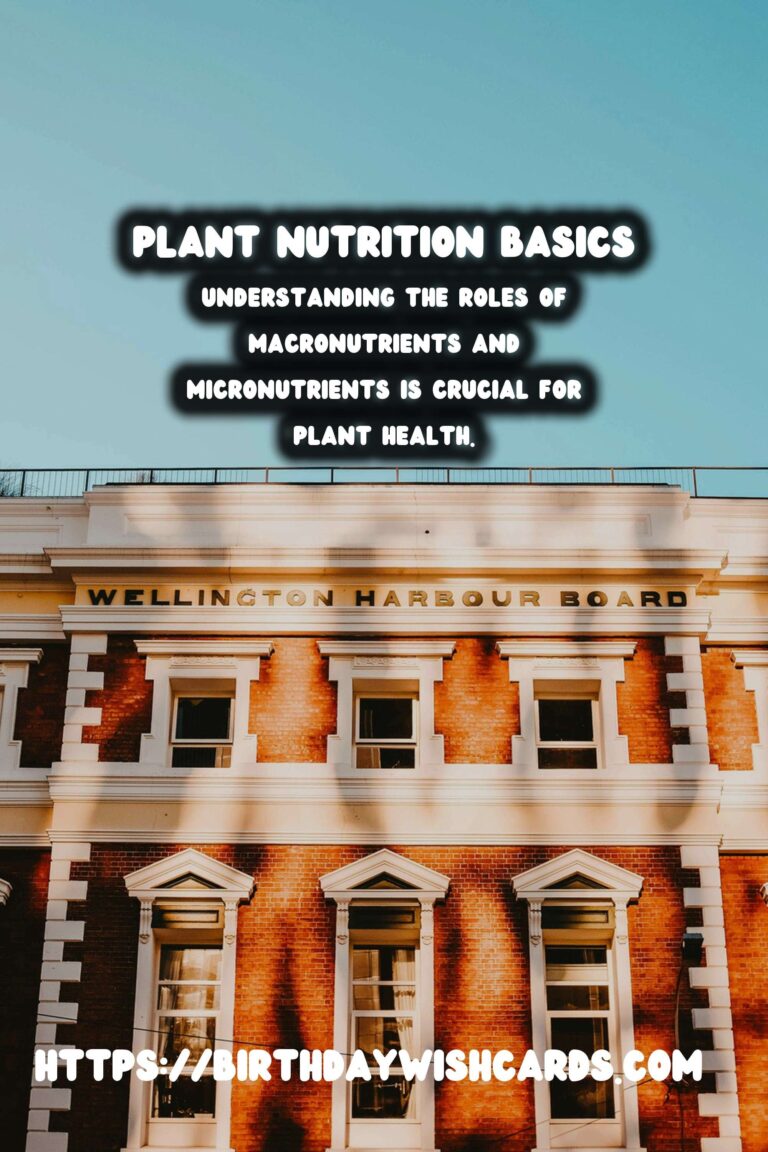
Plants, much like humans, require a balanced diet to thrive. Understanding plant nutrition is crucial for anyone involved in agriculture, gardening, or botany. This comprehensive guide explores the essential components of plant nutrition, focusing on macronutrients and micronutrients.
What Are Plant Nutrients?
Plants draw nutrients from the soil and the air, primarily absorbing these through their roots and leaves. Nutrients are categorized into two main types: macronutrients and micronutrients. Both types are vital, but they are required in different quantities.
Macronutrients
Macronutrients are nutrients required by plants in larger quantities. They are further divided into primary and secondary nutrients.
Primary Macronutrients: Nitrogen, Phosphorus, and Potassium
The primary macronutrients, also known as NPK, include:
Nitrogen (N): Essential for leaf and stem growth, nitrogen is a crucial component of chlorophyll, the compound responsible for photosynthesis.
Phosphorus (P): Vital for the development of roots, flowers, seeds, and fruit, phosphorus plays a role in energy transfer and storage.
Potassium (K): Helps with water regulation and enzyme activation, which supports overall plant health.
Secondary Macronutrients: Calcium, Magnesium, and Sulfur
Secondary macronutrients, although needed in smaller quantities than primary macronutrients, are equally important.
Calcium (Ca): Strengthens cell walls and plays a significant role in growth and development.
Magnesium (Mg): Central to the chlorophyll molecule, magnesium is crucial for photosynthesis.
Sulfur (S): Integral to amino acids, vitamins, and enzymes, sulfur influences plant flavor and aroma.
Micronutrients
Although required in trace amounts, micronutrients are essential for plant health and development. Key micronutrients include:
- Iron (Fe): Important for chlorophyll formation and energy transfer.
- Manganese (Mn): Aids in photosynthesis and nitrogen assimilation.
- Zinc (Zn): Crucial for enzyme function and growth regulation.
- Boron (B): Supports cell wall formation and reproductive growth.
- Copper (Cu): Necessary for photosynthesis and respiration.
- Molybdenum (Mo): Vital for nitrogen fixation and nitrate reduction.
- Chlorine (Cl): Involved in osmosis and ionic balance.
The Importance of Balanced Nutrition
Achieving a balance of nutrients is essential for optimal plant growth and productivity. Excess or deficiency of any nutrient can result in poor plant health, stunted growth, or crop failure.
Recognizing Nutrient Deficiencies
Identifying signs of nutrient deficiencies can help in taking corrective actions. Common symptoms include discolored leaves, stunted growth, and low yields. Each nutrient deficiency presents distinct symptoms, so understanding these can aid in diagnosing and remedying the problem.
Conclusion
Plant nutrition is a complex and fascinating subject. By understanding the roles of macronutrients and micronutrients, growers can ensure their plants receive the comprehensive care they need to thrive. Regular soil tests, balanced fertilization, and attentive observation are key strategies in maintaining plant health.
Plants, much like humans, require a balanced diet to thrive. Understanding the roles of macronutrients and micronutrients is crucial for plant health. 


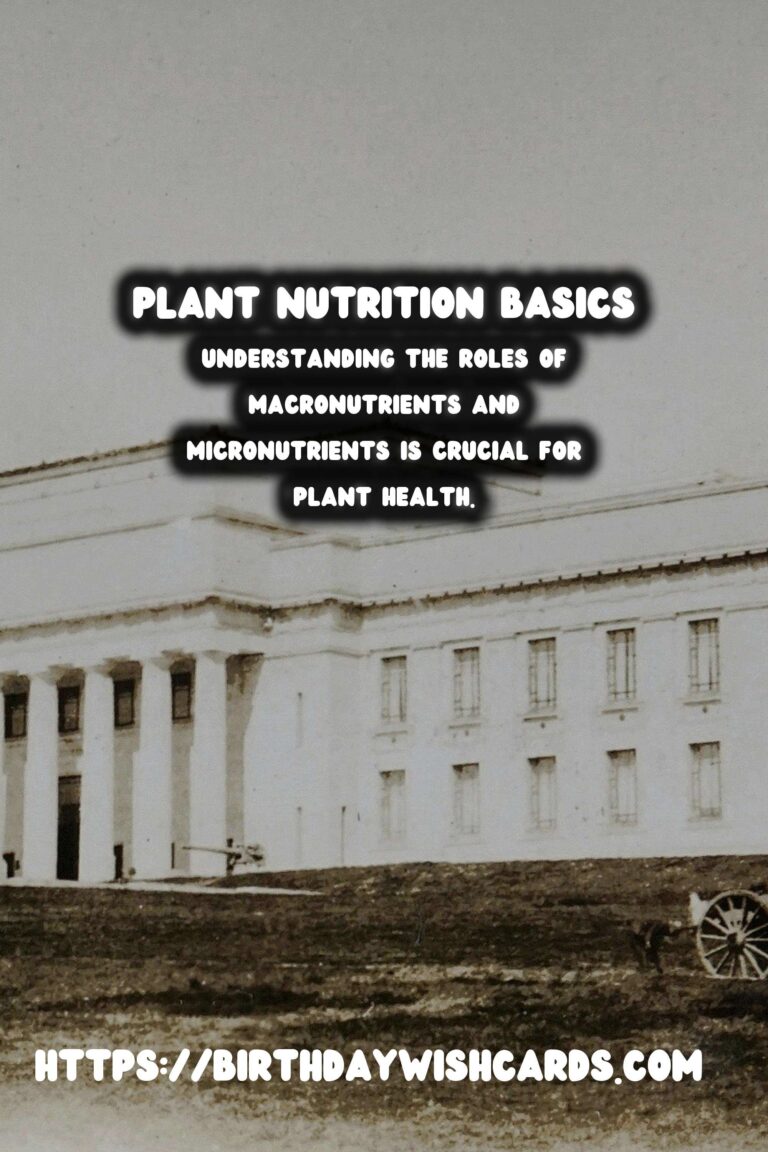
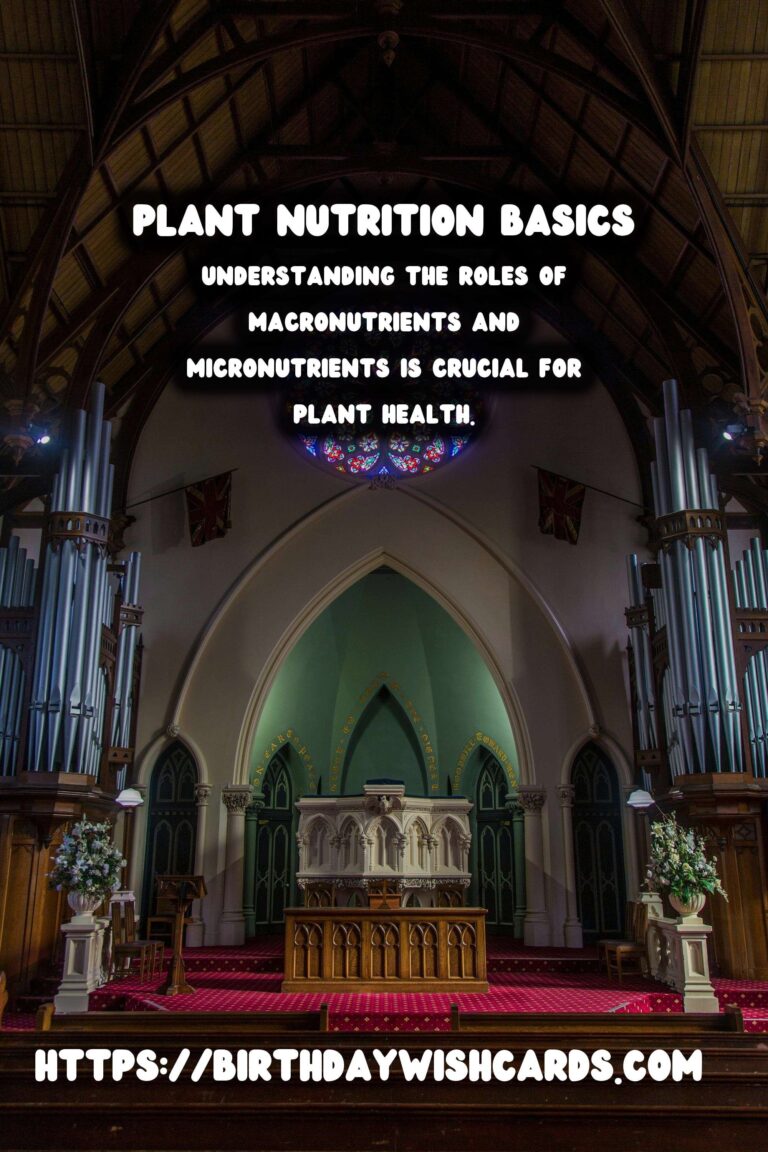
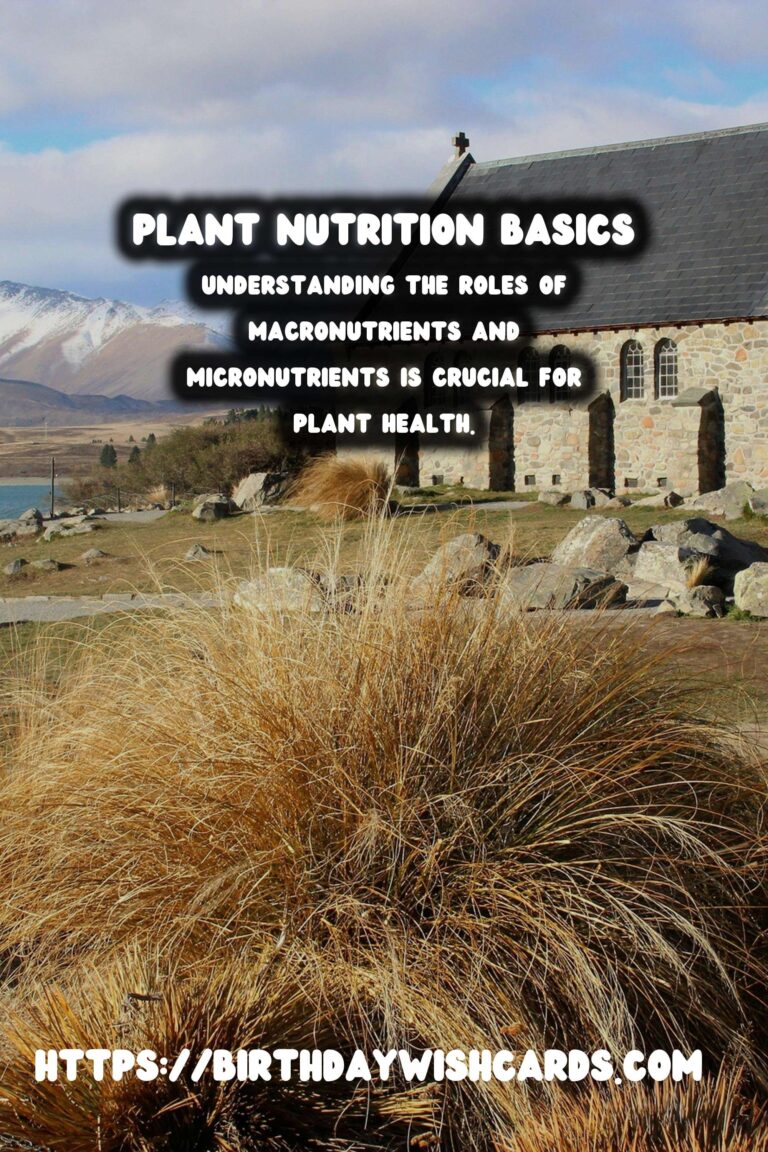

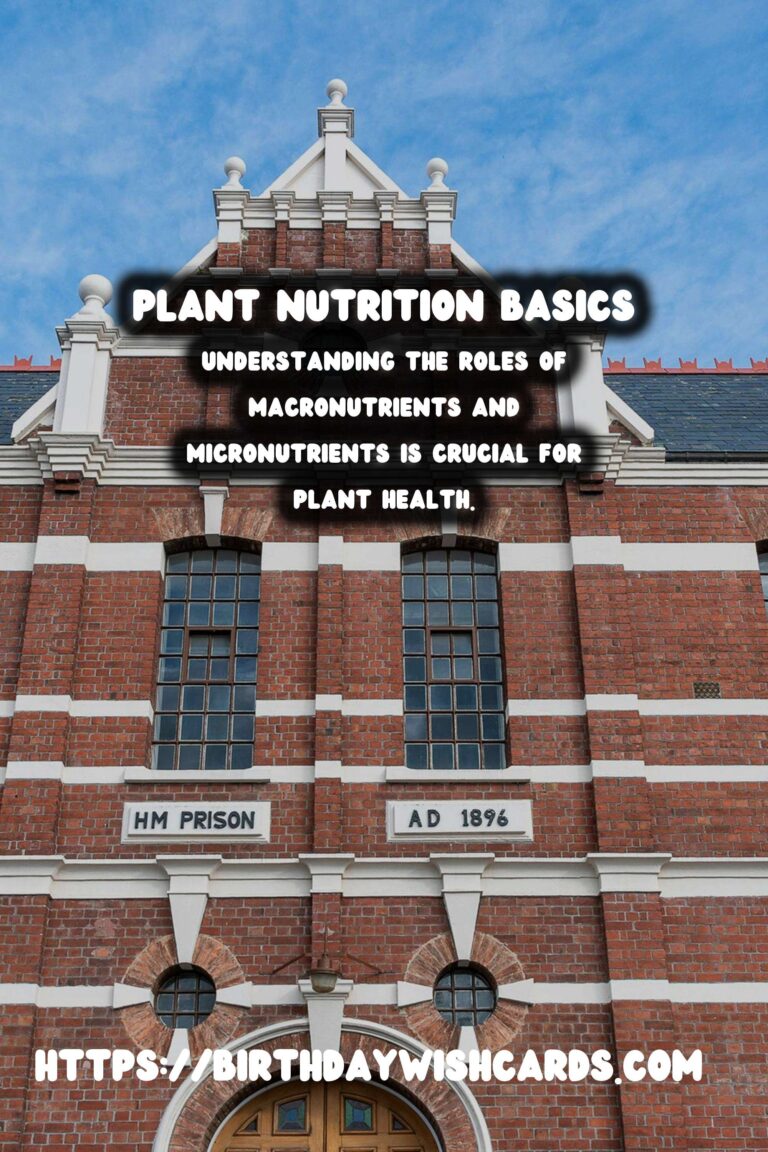
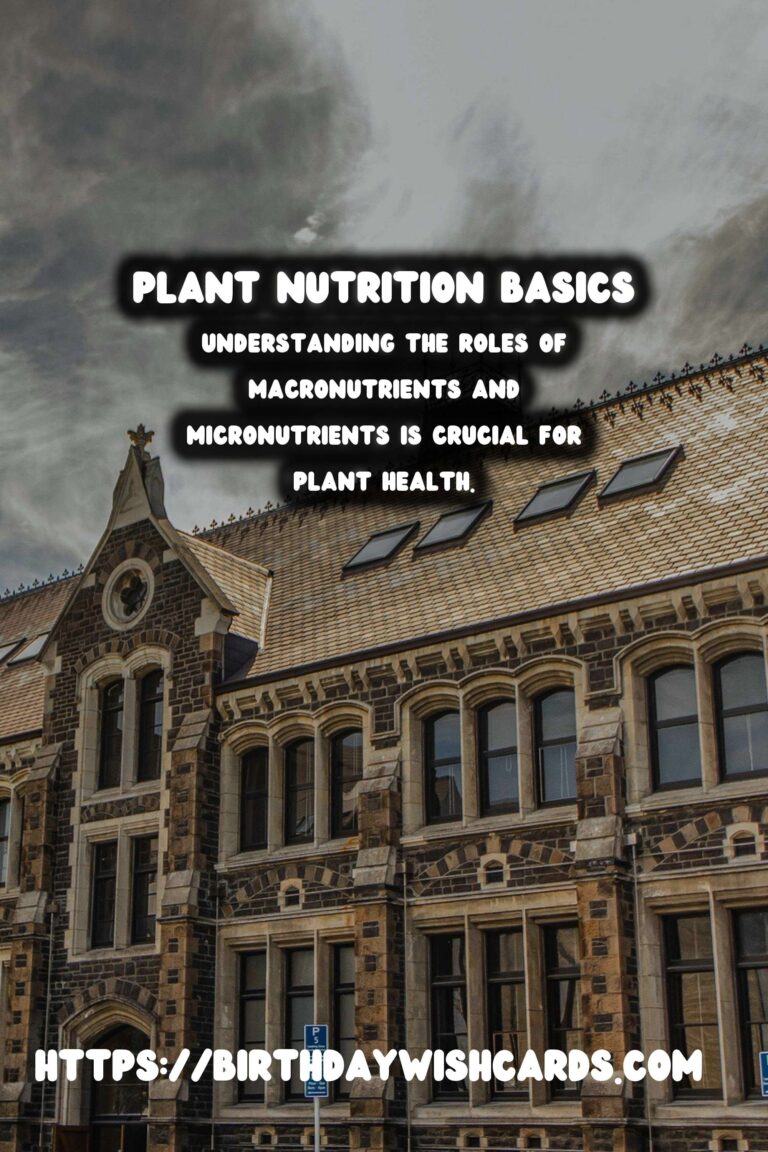

#PlantNutrition #GardeningTips




